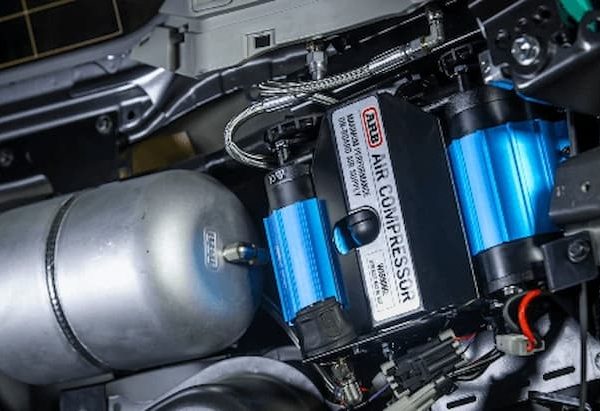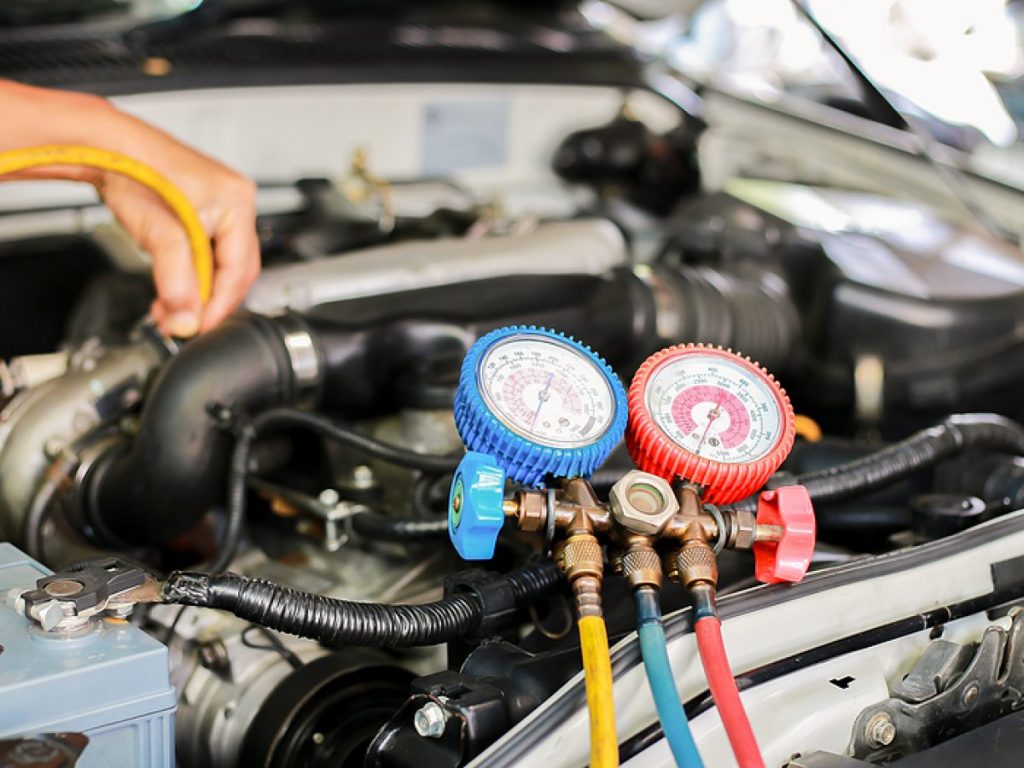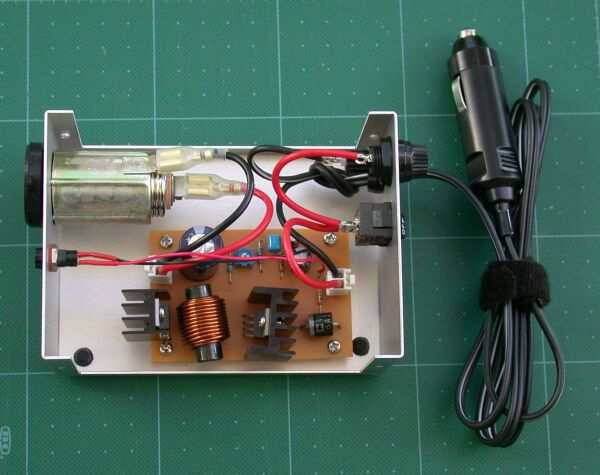30
Aug

If your truck or RV are equipped with air suspension, then you already know how important your air compressor is. But what happens if you want to upgrade the 12 volt air compressor that’s usually installed in a 12-volt vehicle to a more powerful 24-volt unit?
You could just simply wire up the 24-volt compressor in place of the 12-volt unit and call it a day, but that wouldn’t be any different from installing a 24-volt light bulb into your vehicle’s 12-volt headlamp connector. The light’s only going to be half as bright as it could be.
There are clear benefits to either adding or upgrading to a 24-volt compressor; and if you already have a 24 volt, or 12 / 24 dual voltage electrical system, then it’s a straight swap. If your vehicle’s only 12 volts though, resigning yourself to reaping only half of a 24-volt compressor’s benefits isn’t your only option. There are ways to upgrade that’ll allow you can take full advantage of the added voltage, and you’ll be surprised at what a difference it makes.

Let’s be honest: there are as many reasons for wanting to upgrade your vehicle’s air compressor as there are for having one in the first place. For 4WD owners and off-roaders in particular, having a high volume 24 volt air compressor with a 100% duty cycle at your disposal whenever you hit the trail brings a host of advantages that go way beyond just your compressor.
With a maximum working pressure of 200psi and 170ltr free flow rate, a ¾ horsepower 24-volt compressor provides the kind of continuous air supply that’s ideal for:
A compact, oil-less 24-volt unit can be mounted in any position, anywhere. With its detachable air filter, it can fit as easily in the boot, as it does on the tray or under the bonnet. And depending on the application, with its quiet running and uninterrupted duty cycle, you don’t need to accommodate it with a heavy, space-consuming air tank. That means fewer fittings, accessories, and maintenance concerns along the way.
The best part, however, is that if your vehicle has a 24-volt electrical system, you can completely install a 24-volt air compressor and have it working at full capacity in an hour. The installation time will be the same if you’re still running a 12-volt system, but the compressor is only going to run at half power.
To get the full benefit of a 24-volt compressor though, you need a full 24-volt source powering it. You can, in fact, get that without upgrading your entire electrical system to 24 volts, but it’s helpful to understand what having that full 24 volts really means. Let’s take a quick look at that, and see why a 24-volt compressor is worth making the 12 / 24-volt conversion.
Make no mistake, there are a lot of vehicles – especially trucks and RVs – that are already running 24-volt electrical systems. But aside from just tossing numbers around though, what’s the real distinction between using a 12-volt compressor and a 24-volt one? It’s all about the amperage … or, to be more precise, the lack of.
A 24-volt compressor draws only half the current (amperage) that a 12-volt compressor does, but still produces the same amount of power (wattage). On a max draw of only 31.5 amps, a 24-volt compressor still doesn’t draw as much current as most power steering pumps. And because they use less current, less energy is lost due to inefficiencies such as heat dissipation and resistance. With a 24-volt compressor, you’re assured of:
All things being equal, a 24-volt compressor will operate twice as efficiently as a 12-volt unit, and without any of the knock-on effects that ordinarily diminish performance. However, if you’re still on the fence about upgrading your entire 12-volt electrical system to 24 volts, you can still get full use of your compressor just by stepping up to the task, literally.

Now that we know what the advantages of increasing the voltage are, making the jump from a 12-volt electrical system to a 24 one only makes sense. After all, it’s the same reason that 6-volt systems ultimately gave way to today’s 12-volt ones, but unless you’re already committed to switching your 12-volt system over to 24 volts, how do you get the full benefit of a 24-volt compressor? It’s easy: you install a 12-volt/24-volt step-up converter.
By installing a simple 40 amp (remember the compressor’s maximum amperage) step-up converter ahead of the battery, you can wire your 24-volt compressor directly into it, and you’ll have problem-free, full air flow capacity available at all times. It’s the inexpensive, dual-voltage solution for caravanners and off-roaders with 12-volt electrical systems; and it’s the perfect option if you need the full-sized flow of a 24-volt compressor.
At the end of the day, whether it’s for slamming the suspension in your low rider, or for raising the airbags in your ute, you need a heavy duty air supply to meet your needs. Heavy duty doesn’t have to be “heavy” just for the sake of being, though.
A high volume 24 volt air compressor does away with the unnecessary weight, wiring, and resistance that ordinarily accompanies a 12 volt compressor, while giving you all the serviceable air you need, on demand, to keep your vehicle and accessories fully supplied. If you’ve been thinking about upgrading any of your air suspension components, you’ll be amazed by how much value a new compressor will add.